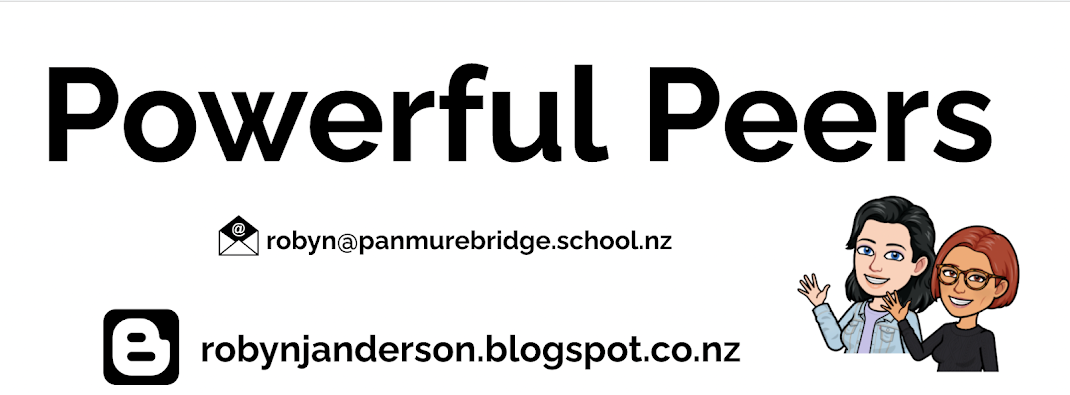I began with a focus of how we (PBS) are harnessing the digital to explore the create aspect of structured literacy. Students learn by actively constructing knowledge, not just absorbing it. This involves breaking down, rearranging, selecting, and demonstrating their understanding, so that as Elwyn Richardson stated, “...whatever was in their mind, whatever they could visualise, whatever they could see, they created...” It is because of the very reason just mentioned, that I felt this is the the most important and catalytic issue of learning for our learners this year. I didn't want to introduce and unpack a text verbally through preset comprehension strategies. I didn't want to be the teacher who asked my students to summarise a text on a graphic organiser then leave it there. I am the teacher who asks a provocation and encourages talk and creativity. I want my learners to show me their connections to the aspects of the text we are unpacking using the plethora of digital tools available to us. Defaulting to substitution in response to a structured learning process does not, in my opinion, open the opportunities to 'empower my students with creative learning opportunities to help accelerate achievement'.
At the start of my inquiry I thought I would look at our school as a whole. This was when I realised I was comparing apples with pears. Many of our junior team facilitate amazing opportunities for their students to create to show their understanding of a text. Their learners are fully engaged and excited to share what they have been doing any time I walk into one of their rooms. The difference between what they do, and what the senior team do is that many of their create challenges are not limited to capitalising on the affordances digital tools provide. Changing my focus to just the senior team was my first tweak.
When we began our structured learning PLD in Term 2 with our introduction to the program. We then moved forward into Term 3 for our Community of Practice (COP) sessions and began implementing our structured literacy programs. I made the decision from the outset to lead from the front. By that I mean I made a point of finding ways to include opportunities for my learners to show their understanding of the texts read by being creative. What I noticed other members of my team doing was simply trying to get it right with our new learning. I do have the advantage here of having taught structured literacy for a number of years in the UK. I was definitely 'rusty' but felt confident to add in the new elements to my program. Term 3 was not the time to push the 'create' as I needed a team who were strengthening their own connections and that was more important. This was my second tweak as I took the focus of others and focused purely on myself.
When we met to plan for term 4 I jumped on my 'create' bandwagon. With a number of examples under my belt and on my blog I was able to lead by example. Being able to visualise the outcome has seen a huge change in planning content in my team in literacy this term. I am now looking forward to seeing how these initial ideas look when they are finished. The change here is in my thinking. I now realise that adding create opportunities that capitalise on the digital tools we have at our fingertips comes when teachers feel confident of the challenge ahead.

No comments:
Post a Comment